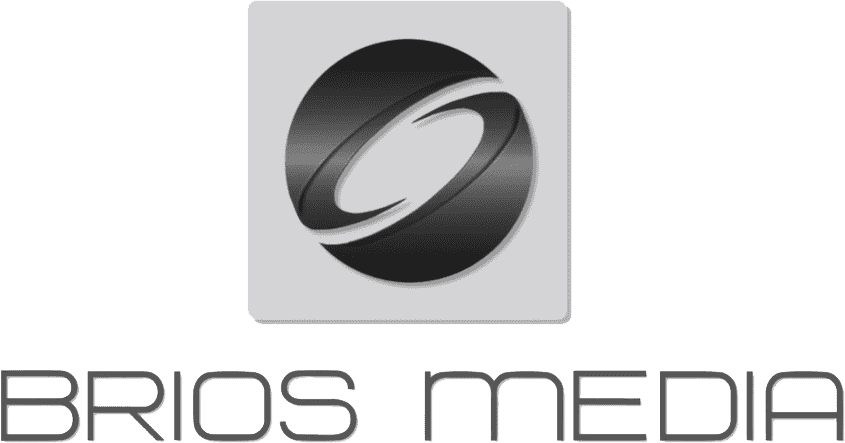Most B2B companies struggle because their marketing is built on features instead of transformation messaging. Buyers don’t move because of faster processing speeds or extra integrations. They move because they see a future version of themselves that feels better than where they are now. That shift is the heart of transformation messaging, and it’s the real differentiator every B2B brand needs in 2025.
Why Transformation Messaging Beats Feature Lists
Most B2B brands still believe features drive decisions. They highlight processing speeds, integration counts, AI add-ons, and support hours. Yet research shows that B2B buyers make decisions based on impact, outcomes, and business transformation, not product specs.
Your prospects don’t care about your 200+ integrations. They care about hitting revenue goals, reducing churn, improving productivity, or scaling without burning out their teams.
This is why transformation messaging is now the strongest way to differentiate yourself.
The Feature Trap That’s Killing Your Sales
Two companies can sell the exact same software, yet have completely different results. One lists features. The other communicates transformation.
Company A (Feature-Focused):
“Our CRM has automated workflows, 200+ integrations, AI analytics, and mobile access.”
Company B (Transformation Messaging):
“We help sales teams close 40% more deals by removing the admin tasks that waste 3 hours of their day.”
Company B wins because they speak to a future state. They describe a transformation. They simplify the value. They make the ROI obvious.
Features only explain what the product DOES.
Transformation messaging explains what the customer BECOMES.
Why Features Don’t Differentiate Anymore
Features used to matter. Today, everyone has them. Everyone claims “AI-powered,” “best-in-class,” or “industry-leading.” Buyers can’t tell the difference.
And the truth is clear: Most features match 85–95% across competitors.
The differentiator is not the product.
The differentiator is the transformation the product creates.
According to Gitnux 2025 Report, 70% of buyers research independently online before speaking with a salesperson. By the time they reach you, they already know the features. They want clarity on outcomes.
The Transformation Messaging Framework
Transformation messaging helps you communicate why you are the best choice by focusing on outcomes, not tools. It has three parts.
1. The Current State (Their Pain)
This describes where your buyers are right now. Their challenges. Their frustrations. Their stress.
For example:
“Marketing leaders waste 20+ hours per week managing scattered video projects across freelancers, with inconsistent quality and missed deadlines.”
This makes the reader feel understood. It shows that you aren’t guessing. It builds trust.
2. The Desired State (Their Promise)
This is the future they want. You paint a clear, measurable picture of success.
Example:
“They want a simple system that publishes 2–3 high-quality videos each week, drives conversions, and removes operational stress.”
This shows direction, control, and relief.
3. The Bridge (Your Process)
This is your unique approach. Not your features. Your process. Your philosophy. Your method.
Example:
“Our Strategic Video Framework maps every video to a stage in your buyer journey, ensuring content moves prospects closer to a decision.”
This is how you stand out. Your methodology becomes your differentiator.
Real Companies Winning With Transformation Messaging
Several brands dominate their industries because they use transformation messaging instead of feature lists.
Volvo Trucks: They focus on stability, safety, and control; not engine specs. Their famous Epic Split video is about precision and confidence, not horsepower.
Zendesk: They highlight the transformation of customer service teams from overwhelmed and reactive to proactive and empowered. Their messaging focuses on customer outcomes, not dashboards or ticket filters.
Saddleback Leather: They sell durability, legacy, and craftsmanship. Their transformation message is simple: “This bag will outlive you.”
Not features or stitches; just transformation.
How to Discover Your Real Differentiator
Your real differentiator already exists. You just need clarity.
Step 1: Interview Your Best Customers
Ask them:
- What was life like before you found us?
- What were you trying to improve or fix?
- What changed after working with us?
- How do you describe the value we provide?
Their answers will reveal transformation stories far more powerful than any feature list.
Step 2: Identify Your Unique Process
This becomes the core of your transformation messaging.
Ask yourself:
- What steps do we take that others don’t?
- What philosophy shapes our approach?
- What methodology do we follow?
Your unique method becomes the bridge between pain and promise.
Step 3: Quantify the Transformation
Numbers tell a stronger story than adjectives.
Examples:
- “40% more qualified leads in 90 days.”
- “Support tickets reduced by 60%.”
- “Deal cycles shortened by two weeks.”
This gives your audience a vision they can measure.
Step 4: Rewrite Feature Language Into Transformation Language
Use this simple formula:
We help [specific customer] go from [current pain] to [desired future state] by [your process].
Example transformation message:
“We help B2B companies go from inconsistent content to a predictable video engine that generates 3–5 qualified leads per week without managing freelancers.”
Clear, direct, and outcome-driven.
Why Sales Teams Struggle Without Transformation Messaging
Without transformation messaging, sales reps fall into “feature dumping.” They list capabilities instead of diagnosing problems.
Prospects don’t want a product tour.
They want a transformation plan.
Transformation messaging shifts the conversation from “Here’s what we offer” to “Here’s what we help you achieve.”
The Biggest Objection (And Why It’s Wrong)
Many founders say: “But our features ARE our differentiator.”
Sometimes that’s true, but it rarely matters. Buyers care about what those features create, not the features themselves.
Features = mechanism.
Transformation = value.
Even a unique feature must be translated into a customer transformation to be understood.
How to Implement Transformation Messaging Everywhere
Website Homepage: Lead with outcomes. Use clear before-and-after scenarios.
Sales Calls: Ask diagnostic questions before offering solutions. Focus on the transformation journey.
Marketing Content: Every post, video, and case study should reinforce the transformation you create.
Proposals: Start with outcomes. End with transformation. Deliverables come last.
The Ultimate Test of a Strong Differentiator
Ask yourself:
Can a prospect repeat your differentiator to someone else?
If not, it’s too complex or too feature-heavy.
Transformation messages stick. They spread. They convert.
The Bottom Line
Buyers don’t buy features. They buy outcomes, clarity, certainty, and transformation.
Transformation messaging is the strongest differentiator in B2B today.
The companies that embrace this in 2025 will dominate. The ones that cling to features will fade into noise.
If you want help implementing transformation messaging for your business, reach out for a free discovery session.





